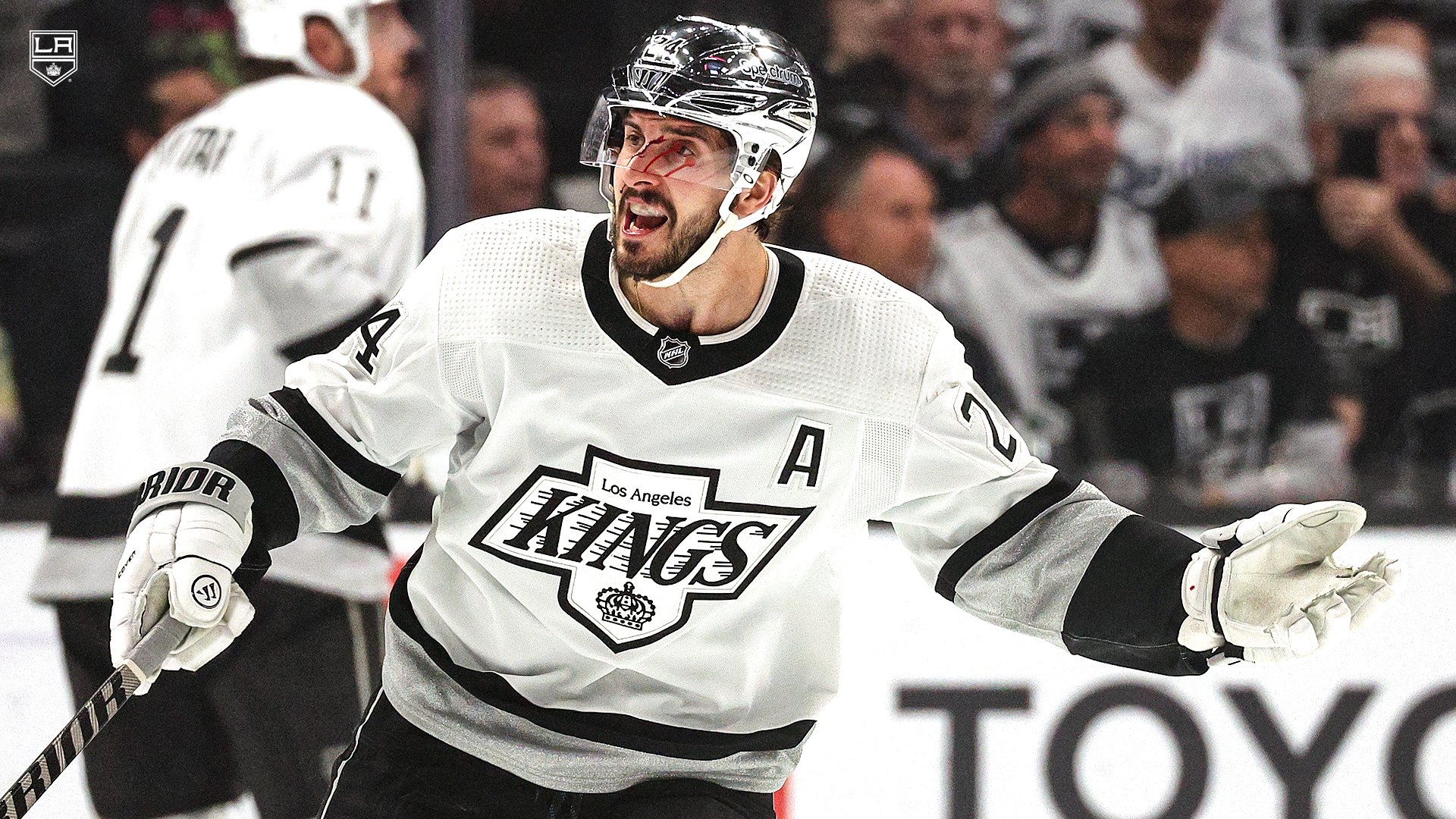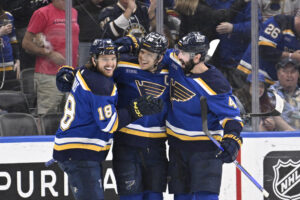NHL player development seems to always result in more questions than answers. How likely is it for a top pick to pan out? What makes a player a “steal”? Last Word On Hockey will be starting a new series on how to properly develop prospects from all different spots throughout the draft. This week’s piece involves draft picks in the back-half of the first round and how they were used early in their careers.
NHL Player Development Of First-Round Picks
In the span of 2005 through 2015, there were 84 total selections made between 16th overall and 30th overall on forwards playing in North America. Looking at all 84 forwards, they were split into different categories. Those categories were “Forwards Deemed NHL-Ready and Brought In Immediately When Ready,” “Forwards Near NHL-Ready and Brought In Immediately When Near-Ready,” “Forwards Rushed Slightly,” “Forwards Rushed,” “Forwards Forced,” “A Little Patience,” “Patience,” and “Too Much Patience.”
There were 10 forwards who fell into the fifth category, “a little patience,” on the list. Of those 10 players, three made their NHL impacts in their DY+5 seasons. Those players were John Quenneville, Matt Puempel and Phillip Danault. In this piece, we will look at Danault.
In this piece, we will be using stats from eliteprospects (raw stats) and hockey-reference (ice time). Additionally, the analytics we are using are as follows: even-strength offence goals above replacement (EVO), even-strength defence goals above replacement (EVD), wins above replacement (WAR) and goals above replacement (GAR). Those analytics are from evolving-hockey (subscription required).
NHL Player Development Of Phillip Danault
Phillip Danault, drafted 26th overall by the Chicago Blackhawks in the 2011 NHL draft, came out of the QMJHL’s Victoriaville Tigres organization. In his DY-1 season, Danault scored 10 goals and 18 assists for 28 points in 61 games, for 0.459 points per game. That ranked 70th out of the aforementioned 84 forwards in DY-1 production. The following season, he scored 23 goals and 44 assists for 67 points in 64 games, for 1.047 points per game. That ranked 54th out of those same 84 forwards in DY production. After being drafted, Danault would play two more QMJHL seasons and two AHL seasons before getting an extended role at the NHL level.
In his third QMJHL season, Danault put up 18 goals and 53 assists for 71 points in 62 games, for 1.145 points per game. That ranked 37th out of the 82 forwards still outside the NHL in DY+1 production. In his final QMJHL season, he would be traded to the Moncton Wildcats mid-way through. He combined for 23 goals and 62 assists for 75 points in 56 games, for 1.518 points per game. That ranked eighth amongst the 70 forwards still outside the NHL in DY+2 production.
AHL Time For Phillip Danault
Now making the jump to professional hockey, Danault would join the Blackhawks AHL affiliates, the Rockford IceHogs. In his first AHL season, he scored six goals and 20 assists for 26 points in 72 games, for 0.361 points per game. That ranked 35th out of the 46 players still outside the NHL in DY+3 production. The following season, Danault would play 70 AHL games, scoring 13 goals and 25 assists for 38 points, for 0.543 points per game. That ranked 15th out of the 31 forwards still outside the NHL in DY+4 production. Finally, after a long time coming, Danault would get an extended look at the NHL level the following season.
How Phillip Danault Was Used
Danault, in his first test at the NHL level, would still see some time in the AHL. Playing six AHL games with the IceHogs, he scored two points. He would get promoted to the NHL and never look back. However, he would get dealt after 30 games with the Blackhawks, joining the Montreal Canadiens. In total, he played 51 games, averaging 12:45 time on ice per game. In that limited span, Danault would score four goals and six assists for 10 points. Analytically, Danault would show some growing pains. His EVO (-3.3) was an anchor, while his EVD (0.6) was solid for a rookie. Overall, his WAR (-0.7) and GAR (-3.6) was held down by his offensive struggles.
His second season, he would see just NHL time, playing all 82 games, and averaging 15:35 per game. With the larger role, he scored 13 goals and 27 assists for 40 points, a solid production line. Analytically, he displayed great growth. His EVO (4.2) and EVD (3.5) both took massive steps forward. That led to his WAR (1.2) and GAR (6.3) also to take big strides in the right direction.
Phillip Danault Remains Steady In Year Three
Danault, in his third season, would play 52 games, all at the NHL level. He averaged 16:35 per game, another upgrade in the role he played. With that role, he scored eight goals and 17 assists for 25 points in those games. Analytically, Danault would take a step back a bit, but remained solid for the Canadiens. His EVO (2.8) and EVD (1.0) were both solid, while his WAR (0.4) and GAR (2.2) remained above replacement level.
After that third season, in 2017-18, Danault would go on to play three more seasons with the Canadiens. In that time, he played 205 games, scoring 30 goals and 94 assists for 124 points, while remaining a solid two-way presence. In 2021-22, Danault would join the Los Angeles Kings, where he remains today. Thus far, he has scored 34 goals and 36 assists for 70 points in 106 games with the Kings. This season, Danault has seven goals and 12 assists for 19 points in 27 games. It’s safe to say that Phillip Danault, since getting drafted, developed exactly how anyone could have hoped for. He saw a steady increase to his deployment early on, and was able to develop into a very strong defensive forward.
Junior league stats via Elite Prospects, NHL stats via Hockey Reference, NHL analytics via Evolving Hockey
“Nobody makes me bleed my own blood.”
– Phillip Danault pic.twitter.com/PgdFCrQrwJ— LA Kings (@LAKings) April 24, 2022






